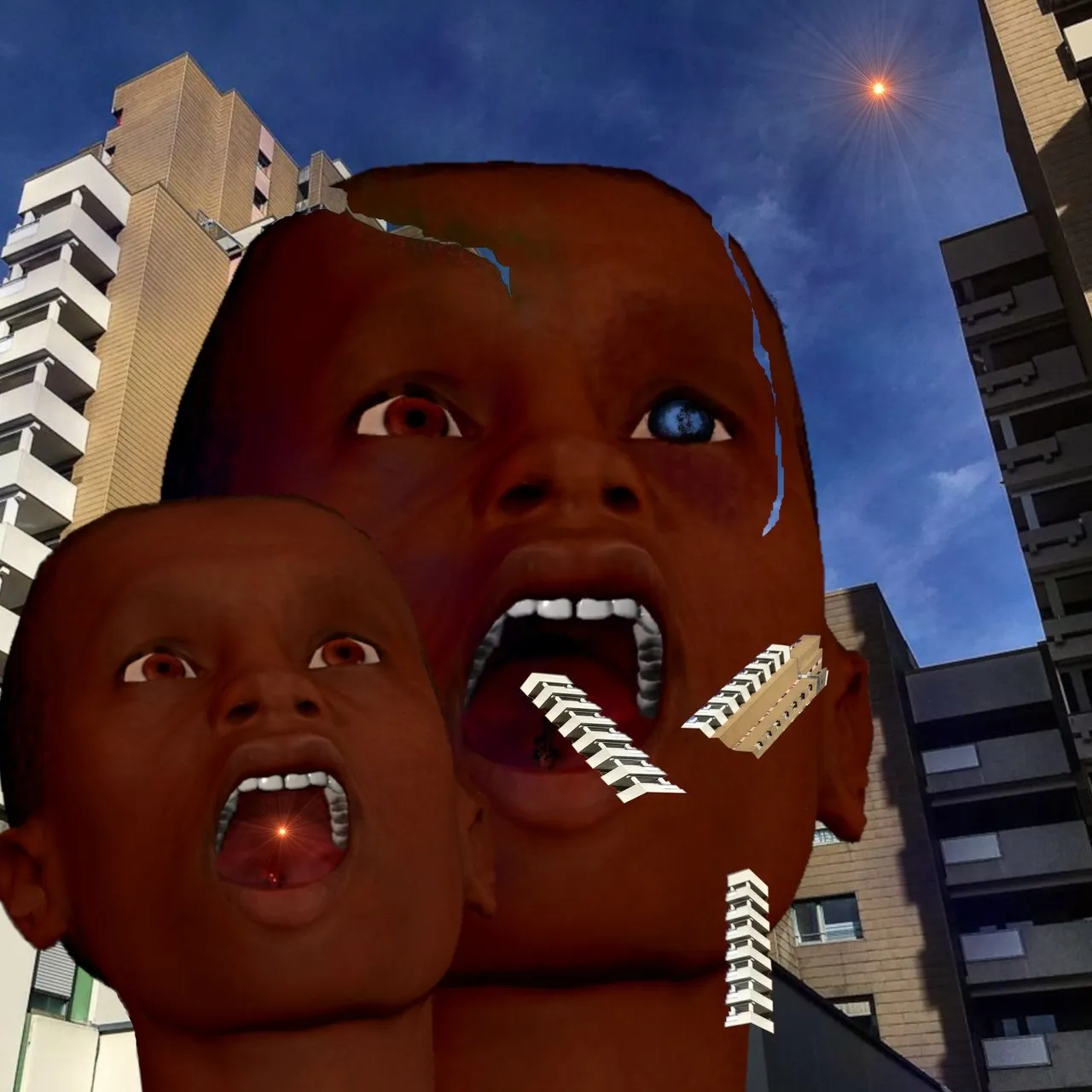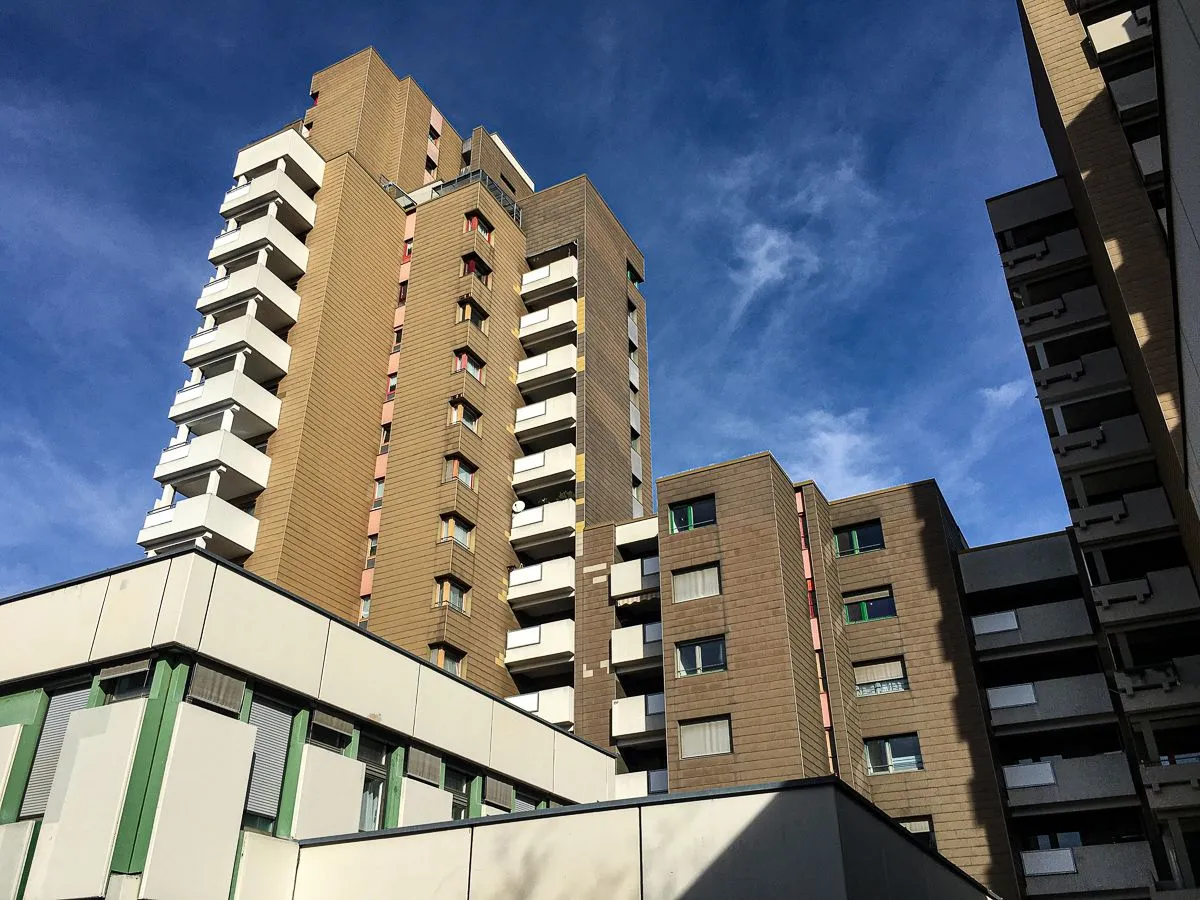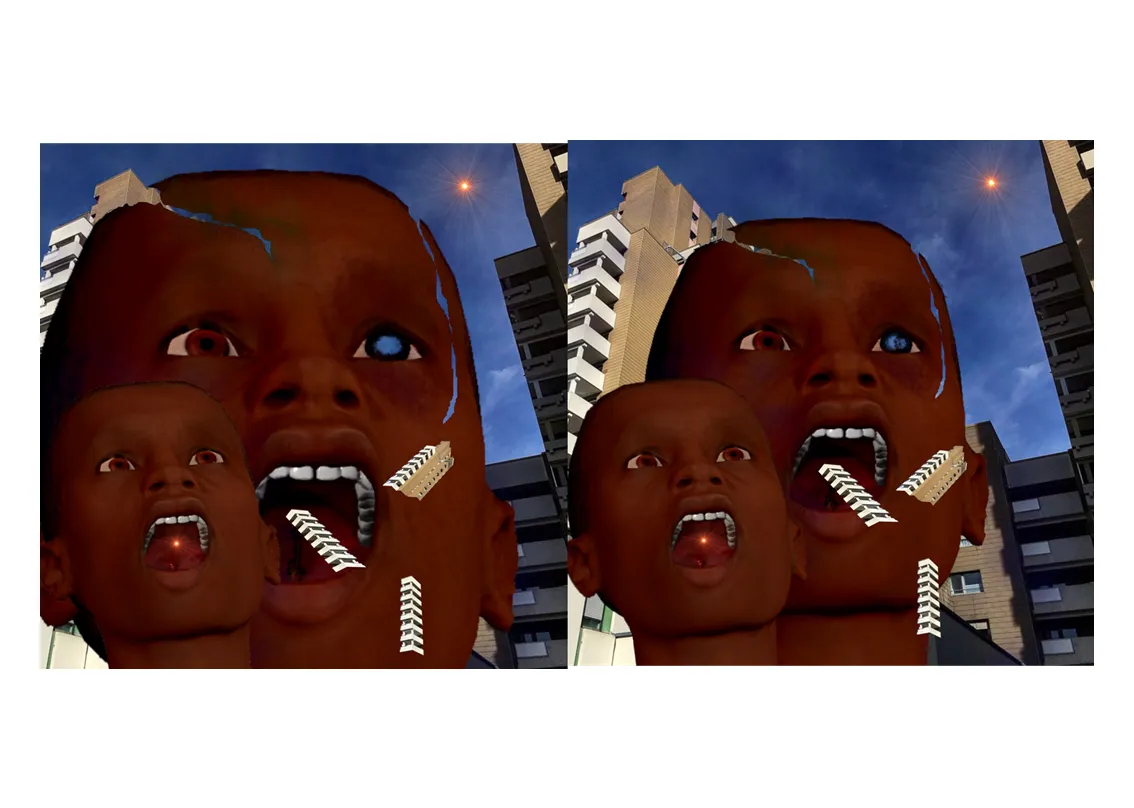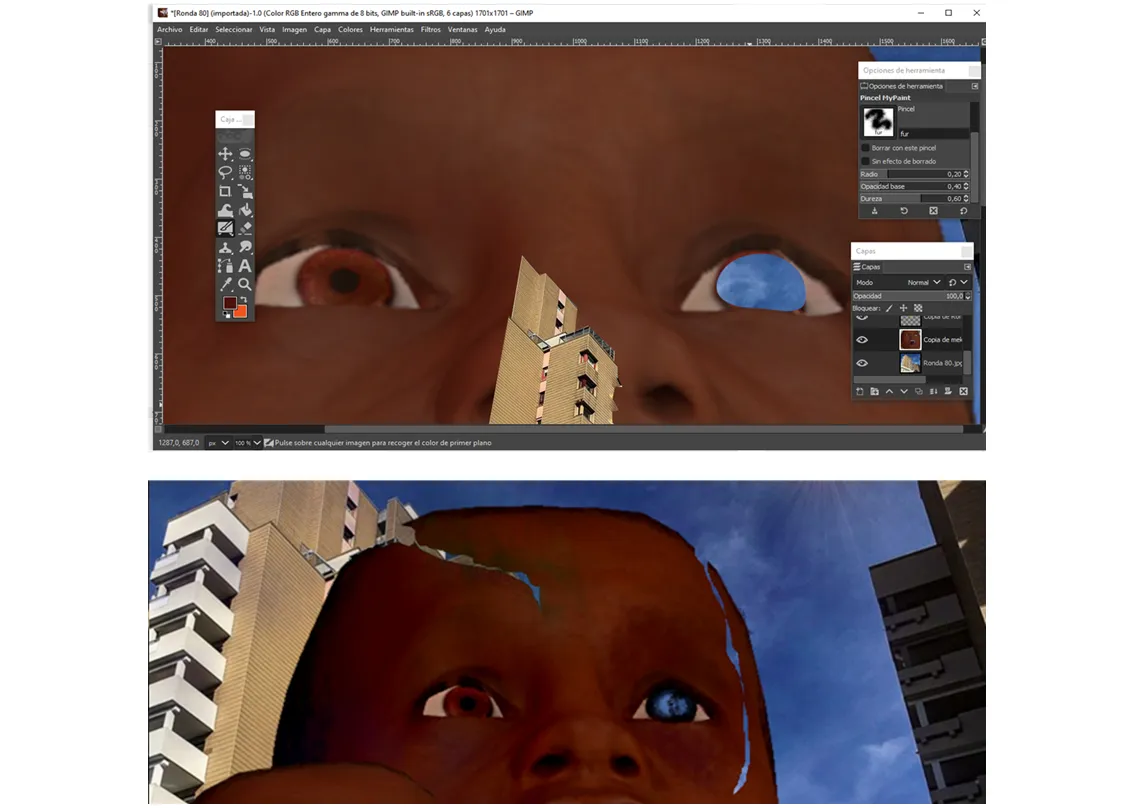
¿Cómo sabemos que un trabajo de arte está terminado?
Esta es una pregunta difícil, porque no hay una respuesta. No puedo saberlo con exactitud en el caso específico del collage, porque soy demasiado nueva en estasd lides y desconozco mucho de sus técnicas, pero, en el caso del arte en general, lo que dictamina que una obra está terminada es una mezcla de conocimiento, experiencia e intuición.
El conocimiento sobre c´mo funcionan las obras de arte permite conocer su lógica. Al contrario de lo que predican opiniones muy extendidas sobre el arte como un caos, como algo infinito, inconmensurable, etc., mientras más conoces cómo funciona una obra de arte, más entiendes sus mecanismos de funcionamiento (me refiero a los generales, a las instancias estructurales: el arte también es arte porque explora los territorios del alma, que son bastante misteriosos y desconocidos). Un relato tiene instancias: tiempo, espacio, historia, personajes, narrador. Ninguna de ellas puede ser sustraída sin que el artefacto que conocemos como relato deje de serlo y probalemente deje de existir (y digo probablemente como un gesto, creo que no puede existir). Hay un ejemplo famoso que se esgrime contra esta afirmación: La celosía, del escritor y cineasta Alain Robbe-Grillet, fundador del Noveau roman, publicada en 1957, pero si me emto por allí, entreo en lso caminos de una teoría dura, que a mí me encanta, pero no creo que sea el lugar. Además, es como demasiado pretencioso para la cosa más simple que deseo expresar: las obras funcionan con una lógica que se ancla a instancias que componen mundos ficcionales. los límites de esos mundos se establecen por convenciones, que son culturales y de época. De manera que hay muchas alarmas en la formación de cualquier artista que le dicen cuándo debe parar, o, mejor y si tiene la dicha, cuándo debe continuar para romper el molde. Este último no es mi caso, ojalá lo fuera.
How do we know that an artwork is finished?
This is a difficult question, because there is no one answer. I can't know exactly in the specific case of collage, because I'm too new in these matters and I don't know much about its techniques, but, in the case of art in general, what determines that a work is finished is a mixture of knowledge, experience and intuition.
The knowledge of how works of art work allows us to know their logic. Contrary to what widespread opinions preach about art as chaos, as something infinite, incommensurable, etc., the more you know how a work of art works, the more you understand its functioning mechanisms (I am referring to the general ones, to the structural instances: art is also art because it explores the territories of the soul, which are quite mysterious and unknown). A story has instances: time, space, story, characters, narrator. None of them can be subtracted without the artefact we know as story ceasing to be a story and probably ceasing to exist (and I say probably as a gesture, I think it cannot exist). There is a famous example that is wielded against this claim: The Lattice, by the writer and filmmaker Alain Robbe-Grillet, founder of the Noveau roman, published in 1957, but if I go that way, I enter the paths of a hard theory, which I love, but I don't think it's the place. Besides, it's a bit too pretentious for the simplest thing I wish to express: the works work with a logic that is anchored to instances that compose fictional worlds. the limits of those worlds are established by conventions, which are cultural and of the time. So there are many alarms in the formation of any artist that tell him or her when to stop, or, better and if he or she is fortunate enough, when to continue to break the mold. The latter is not my case, I wish it were.
 Photo by @shaka
Photo by @shakaLa foto, la ciudad, el collage y...
El caso es que terminé mi collage, realizado a partir de la fotografía citadina con que nos sorprendió @shaka. La idea del asombro vino con la primera impresión que tuve de esta foto. Pensé "¡Diablos, cómo se parece a Caracas! Y bien sea porque lo provocó la misma foto o el recuerdo de Caracas (no se me entienda mal, me gusta Caracas, su clima, el bellísimo Ávila), caí en cuenta de que mi alma siempre se siente un poco rota en las ciudades grandes, aunque nunca me ha ido especialmente mal en ninguna.
Mi collage no habla de mí, sino de la experiencia bastante común de sentirse perdido y deshumanizado. Y también, por lo menos así lo quise expresar en la figura más joven, las ciudades pueden ser la esperanza.
Por más que me identifique con el campo, entiendo la maravilla de son las ciudades como maquinaria de supervivencia. Ojalá en el futuro del hombre hubiera ciudades donde nadie tuviera que sentirse como el chico de mi collage.
decía, que terminé mi collage y quedó como me lo había planteado, tenía todos los elementos en el lugar que había pensado, pero no funcionaba.
Lo veía, estaba todo allí, pero era como ver un pescado frío.
The photo, the city, the collage and...
The thing is that I finished my collage, made from the city photograph that @shaka surprised us with. The idea of the astonishment came with the first impression I had of this photo. I thought "Damn, it looks like Caracas! And either because it was provoked by the photo itself or by the memory of Caracas (don't get me wrong, I like Caracas, its climate, the beautiful Ávila), I realized that my soul always feels a little broken in big cities, although I have never done particularly badly in any of them.
My collage does not speak of me, but of the quite common experience of feeling lost and dehumanized. And also, at least that's how I wanted to express it in the younger figure, cities can be hope.
As much as I identify with the countryside, I understand the wonder of cities as survival machinery. If only in the future of man there were cities where no one would have to feel like the boy in my collage.
I said, I finished my collage and it was as I had planned it, I had all the elements in the place I had thought, but it didn't work.
I could see it, it was all there, but it was like looking at a cold fish.

El pequeño ajuste
Entonces le pedía a mi esposo que mirara mi trabajo. Me dijo: "Me gusta, pero no sé. Es como si necesitara ver algo más..." Y se hizo la luz. Por supuesto que necesitaba ver algo más, precisamente la ciudad que le daba el contexto a mi mensaje.
En mi afán por expresar el padecimiento del chico, hice que su rostro ocupara tanto espacio, que tapaba demasiado el fondo: el diálogo entre los elementos se perdía. El personaje no estaba en contexto.
No sé si mi collage es bueno, pero me alegra saber que corregí la falla de la lógica de su funcionamiento.
La verborrea teórica al principio de mi post quería apuntar a esto finalmente, porque todo el asunto con la lógica de la obra dearte, las convenciones y los elementos estructurales, etc., tiene que ver con un asunto básico: son las cosas que nos permiten comunicar.
The little adjustment
So I would ask my husband to look at my work. He told me: "I like it, but I don't know. It's like I need to see something else ..." And there was light. Of course I needed to see something else, precisely the city that gave the context to my message.
In my eagerness to express the boy's suffering, I made his face occupy so much space that it covered too much the background: the dialogue between the elements was lost. The character was not in context.
I don't know if my collage is good, but I am glad to know that I corrected the failure of the logic of its operation.
The theoretical verbiage at the beginning of my post I wanted to point to this finally, because the whole thing with the logic of the artwork, the conventions and the structural elements, etc., has to do with a basic matter: they are the things that allow us communicate.

 The boy’s bruised and broken eye was made with Gimp’s brushes.
The boy’s bruised and broken eye was made with Gimp’s brushes.Hice mi collage en Gimp, utilizando imágenes que hice en Make Human. Los efectos de color y luz fueron hechos en con los filtros y los pinceles de Gimp.
I made my collage in Gimp, using images that I made in Make Human. The color and light effects were made with Gimp filters and brushes.

Amigos, si han llegado hasta aquí, los invito a que revisen la convocatoria del concurso semanal de Let's Make a Collage, estamos en la Ronda 80, organizada con constancia, eficiencia y amabilidad por el increíble @shaka.
